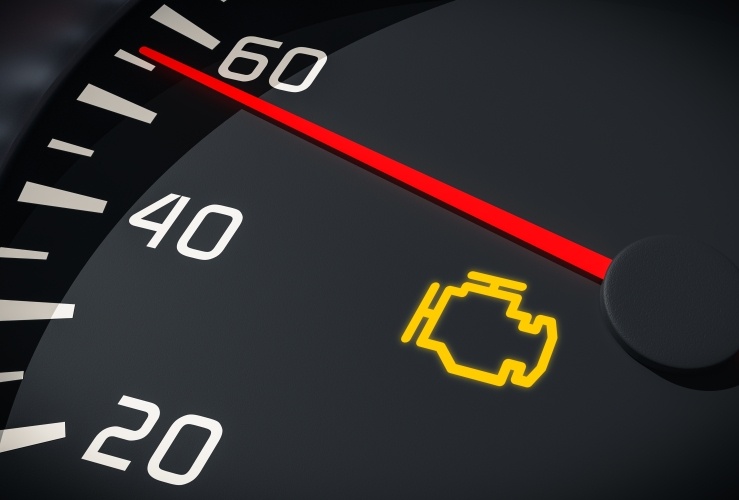Those mysterious dashboard fault codes can be mighty vexing. Here we explain the different parts of EOBD fault codes and how to identify what each code means.
In the UK and across the EU, EOBD (European on board diagnostics) regulations began being introduced in January 2000 in relation to vehicles with no more than 8 passenger seats. The system is the European equivalent of OBD II in the United States, which came into effect in 1996.
The EOBD uses the same SAE J1962 diagnostic link connector and signal protocols as OBD-II, making the European regulations essentially the same as those in the US.
EOBD fault codes
Five characters form each EOBD fault code – a letter preceded by four numbers. The letter signifies the system in question; 'P' would represent the powertrain system; B – the body; C – the chassis; and U the user network.
The EOBD standard stipulates that the next digit must be zero, followed by a number which denotes a particular sub system.
The final two digits (below displayed as xx) denote the particular fault.
Example EOBD codes (P for powertrain)
P00xx – Fuel and air metering and auxiliary emission controls.
P01xx – Fuel and air metering.
P02xx – Fuel and air metering (injector circuit).
P03xx – Ignition system or misfire.
P04xx – Auxiliary emissions controls.
P05xx – Vehicle speed controls and idle control system.
P06xx – Computer output circuit.
P07xx – Transmission.
P08xx – Transmission.
There are a large number of possible EOBD codes, with new ones being added each year. For the complete list, the following resources may be of use:
https://www.obd-codes.com/trouble_codes/
How can I read my car’s EOBD fault?
Perhaps the easiest way to read a fault code is by using an EOBD scanner. But it is possible to work out the fault code without one, as this YouTube video demonstrates: https://www.youtube.com/watch?v=70GcTf-QvKs




